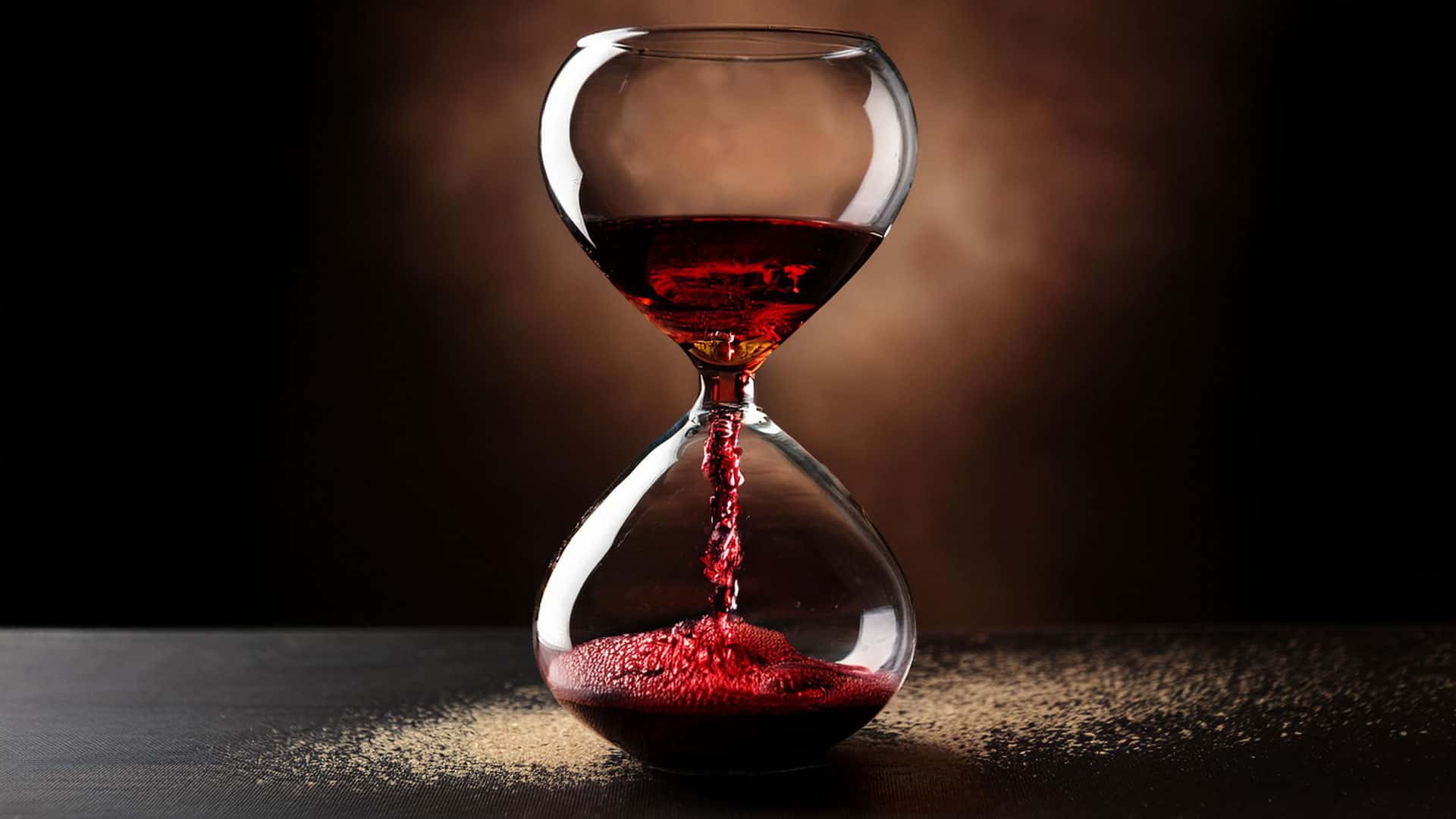The crucial question par excellence. And one element that we humans could not live without has a decisive influence on shelf life: oxygen. As soon as a bottle of wine is opened, it comes into contact with oxygen. The wine begins to oxidize, i.e. it starts to ripen. This inevitably results in a change in taste, color and smell.
Over time, the wine takes on a sour taste and eventually turns vinegary, i.e. undrinkable. How quickly this happens depends on various quality characteristics of the wine and external influences.
As a rule of thumb, the less wine is left in the bottle, the shorter its shelf life. In addition, red wine lasts significantly longer than white wine. The reason for this is the tannins. They act as a preservative and extend the shelf life. The same applies to sugar. The sweeter a wine is, the longer the shelf life of the opened bottle. And what the sugar does, the acid also does. In other words, the more acid in the wine, the more bacterial growth is inhibited and the longer the wine will keep.
Shelf life of white wine
A ¾ full bottle of white wine can be kept open for 3 to 5 days. A ½ full bottle of white wine will keep for 2 – 3 days, and a ¼ full bottle of white wine will keep for approx. 1 day.
Shelf life of red wine
A ¾ full bottle of red wine will continue to delight wine lovers for about 1 week after the first opening. If the bottle is still half full, the red wine can be enjoyed for another 4 to 5 days without hesitation. A ¼ full bottle of red wine should be drunk within two days.
To ensure that these values are valid, you should adhere to the following rules:
- Close the bottle well and tightly.
- Store the bottle in a dark refrigerator. This also applies to red wine, as the lower temperatures slow down the oxidation process.
- Never store opened bottles lying down. This increases the surface area of the wine that comes into contact with oxygen, even in the bottle, many times over.
And last but not least, a tip for storing opened sparkling wine. We are all probably familiar with the tip of simply sticking a teaspoon into the open bottle in the absence of a suitable closure so that the carbon dioxide remains in the sparkling wine for as long as possible. However, this effect, which can only be achieved with a silver spoon (silver conducts heat faster and better than normal metal), whereby the end of the silver spoon must also touch the contents of the bottle, is demonstrably minimal and only short-lived. It is much more important that the bottle is well cooled, as gases remain better dissolved in cold liquids than in warm liquids. It is therefore important to close the bottle tightly and cool it again as quickly as possible. Or you can simply drink the bottle empty. This promises more drinking pleasure and the winemaker will also be pleased if you reorder more quickly.

